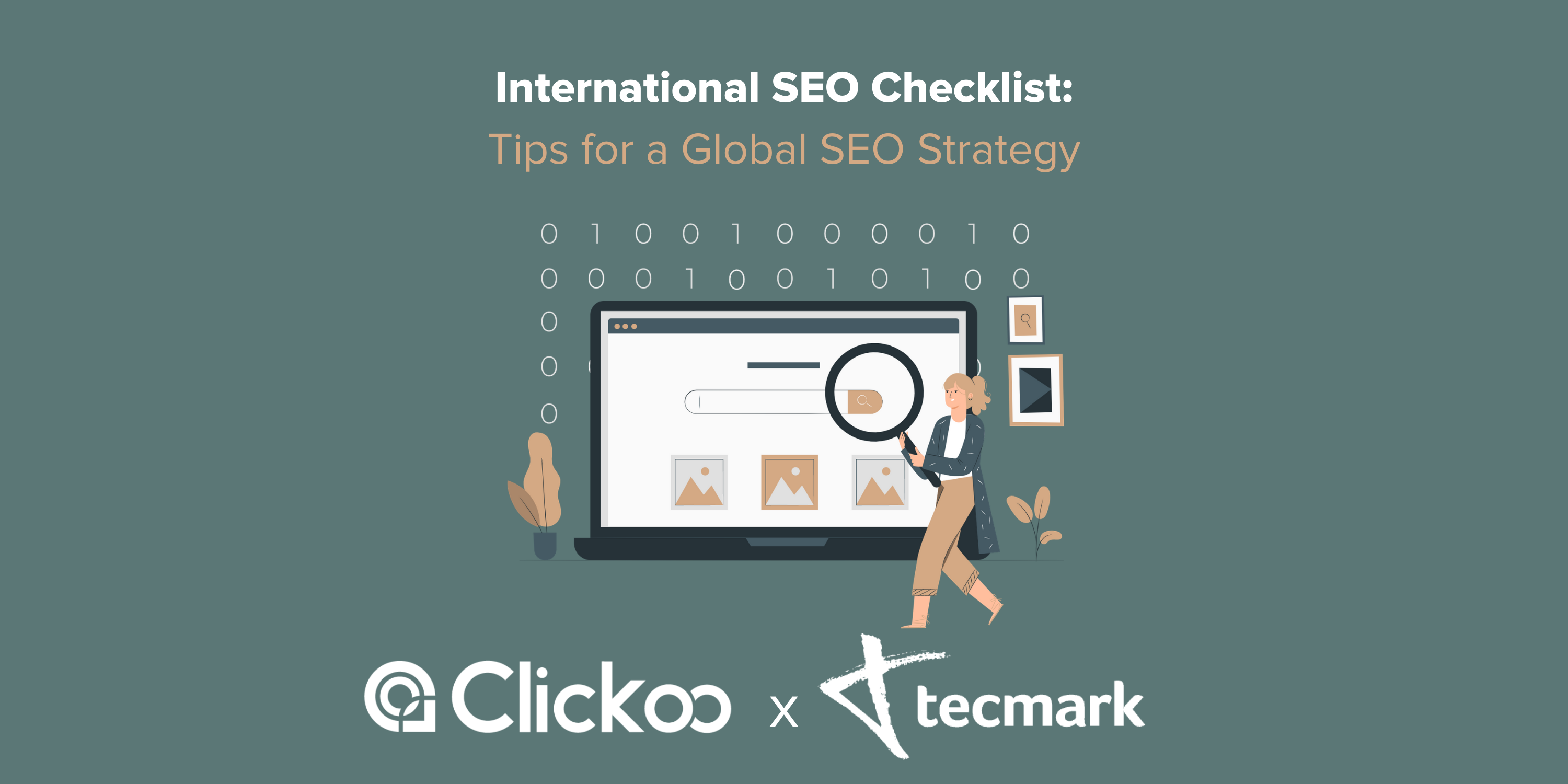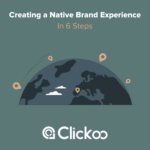
Does your website serve website visitors from around the world? Do you sell products internationally? You should take the time to ensure you’re serving the same great experience for all of your international visitors.
Creating content for people of varying nationalities who speak different languages can be confusing for search engines, so there are a few extra steps website owners should take to help them make sense of it all. With a bit of planning and some simple coding additions, you can help ensure you’re reaching those international audiences exactly when they’re searching.
While some parts of International SEO strategy are quite complex or could seem unnecessary, the boost to not only your rankings in search results but also to how your target audience in specific countries converts makes it worth it!
To help you get started optimising your website with a global SEO strategy, our friends at Tecmark have put together this International SEO checklist to help make the process go smoothly and get you ranking in your localised markets.
What is International SEO and why is it important?
International SEO is the process of improving a website’s organic search presence in more than one country or language. This includes but is not limited to technical SEO for International sites, content localisation, and multilingual link building.
With a proper International SEO strategy in place, you can ensure the success of taking your business internationally. You’ll be able to target a localised audience on a global scale, while still resonating with their culture and their needs.
International SEO will help you identify how to what’s working in the different markets, and allow for visitors to get the best possible user experience no matter their location, language or even browser of choice.
International SEO Checklist
1. Conduct international keyword research
When conducting keyword research for international SEO, it can be tempting to simply translate your target keywords and use those for your campaign, but that simply won’t do it. It might save your team time and effort at first but will cost valuable search visibility opportunities and better rankings.
You should first determine what your product or service is referred to in your target market. For example, while people in the US call it “sidewalk”, in the UK it’s referred to as “pavement”. Using direct translations can cause some major issues not only with SEO but with conversions and user experience.
A good place to start is to directly translate your keyword and check out the search volumes around it and any relevant keywords. Make a seed list of these keywords and cross-reference them with a local market expert for your area. If you find similarities, that’s great! It will make restructuring your original content a lot easier. If not, even better. The differences you find can guide the rest of your international strategy in those markets.
2. Avoid machine translations
Machine translations are a big no for International SEO purposes. With your international keyword research, your goal is to be as culturally relevant as you can, and machine learning just doesn’t do the job. It doesn’t allow for contextual differences, such as when the same word means different things, and if locals use a hybrid or newer dialect.
Even more concerning is the likely negative impact on your SEO performance if you use machine translations. Google treats machine translations as automatically generated content, which can result in penalties. Even if you avoid penalties, you’ll likely not be serving content that is relevant to your target market. Creating original content for each of your markets is the ideal route to go for the very best international SEO results.
3. Use local language targeting
If you want to ensure that you’re reaching the right audience in international markets, you should focus on language targeting rather than country targeting. The problem with focusing on specific countries in your targeting is that if you want to target French speakers and only target France, you’ll miss out on your French-speaking audience in countries like Belgium, Luxembourg, Canada, and more. You shouldn’t just assume that your audience is only in select countries!
So you’ll want to implement the “hreflang” tag on your website to indicate what languages your website uses and target specific language speakers rather than countries. These tags tell Google the language you want to use on a specific page and will help it serve the right content to its users. This code can be added in the HTTP header, sitemap, or in the on-page markup.
To learn more about localised targeting and hreflang tags, check out Google’s guidelines.
4. Choose the right URL structure for your international sites
Whether your site serves multiple regions or multiple languages, the URL structure is vital to the SEO performance of the website, yet it’s an often overlooked aspect of international sites. Do your research on the structure that’s right for your business and stick with it – it’s important not to mix and match in different regions.
There are two main ways you can structure your international website:
Country-code top-level domain name (ccTLD)
This structure is effective for geo-targeting users. For example, Amazon has many top-level domains that serve different languages, products and currencies such as amazon.co.uk and amazon.fr.
ccTLDs help users build trust with an organisation, as they’re more likely to trust a website with their country’s domain. ccTLDs are also the strongest geo-targeting signal trusted by Google and allows for easy separation of your websites.
ccTLDs sometimes have restrictions depending on the country, tend to be more expensive, require more labour, and can cause issues with duplicate content if the content is used effectively. So it’s important to consider this when deciding on a ccTLD.
Subdomains
Subdomains can be used under a gTLD to create separate websites. The most common example of this is Wikipedia, which uses subdomains for the international versions of the site. For example, en.wikipedia.org or de.wikipedia.org
These types of websites are very easy to set up and allow the different subdomains to be hosted on servers closer to their country, which can help with geo-targeting. They’re also effective at giving websites a separate identity while staying on brand. You can even target different languages in subdirectories!
Subdomains do come with a couple of disadvantages, as some customers might not automatically recognise the geo-targeting, so they can be seen as less trustworthy. They are also treated as separate websites by search engines, which means each site would need its own unique backlink profile.
5. Create content for your audience’s language and culture.
You shouldn’t assume that the content you create will resonate with everyone. Things come across differently in different cultures. That’s why on top of international keyword research and local language targeting, you should be serving localised content on each of your specific domains. Duplicating content with cookie-cutter translations won’t be enough to entice your audience. You may get them to your website, but turn them off of your business with poor language understanding
If you’re serving localised content, you should also ensure that you’re providing information on the website that corresponds with it. By using the local language, time and dates, currency, phone numbers, and address in a related area, your website is signalling to Google, and your users, that they’re in the right location. Giving each user a tailored experience increases the chances that they’ll have a positive interaction with your business.
_____
When implemented correctly, International SEO should be practically invisible to your website visitors. It’s all about serving relevant content, in the correct language, and in the right regions. The biggest change you’ll need to make is making sure your website is sending the right signals to help search engines serve the right content to the right people.
Tecmark, an SEO agency in Manchester, has over 13 years of experience in helping businesses both global and local grow through organic search. If you’re looking at getting into an international market and want some help getting started, or if you’ve already established your international business and just need some help optimising your website’s performance, get in touch to see how we can help.


